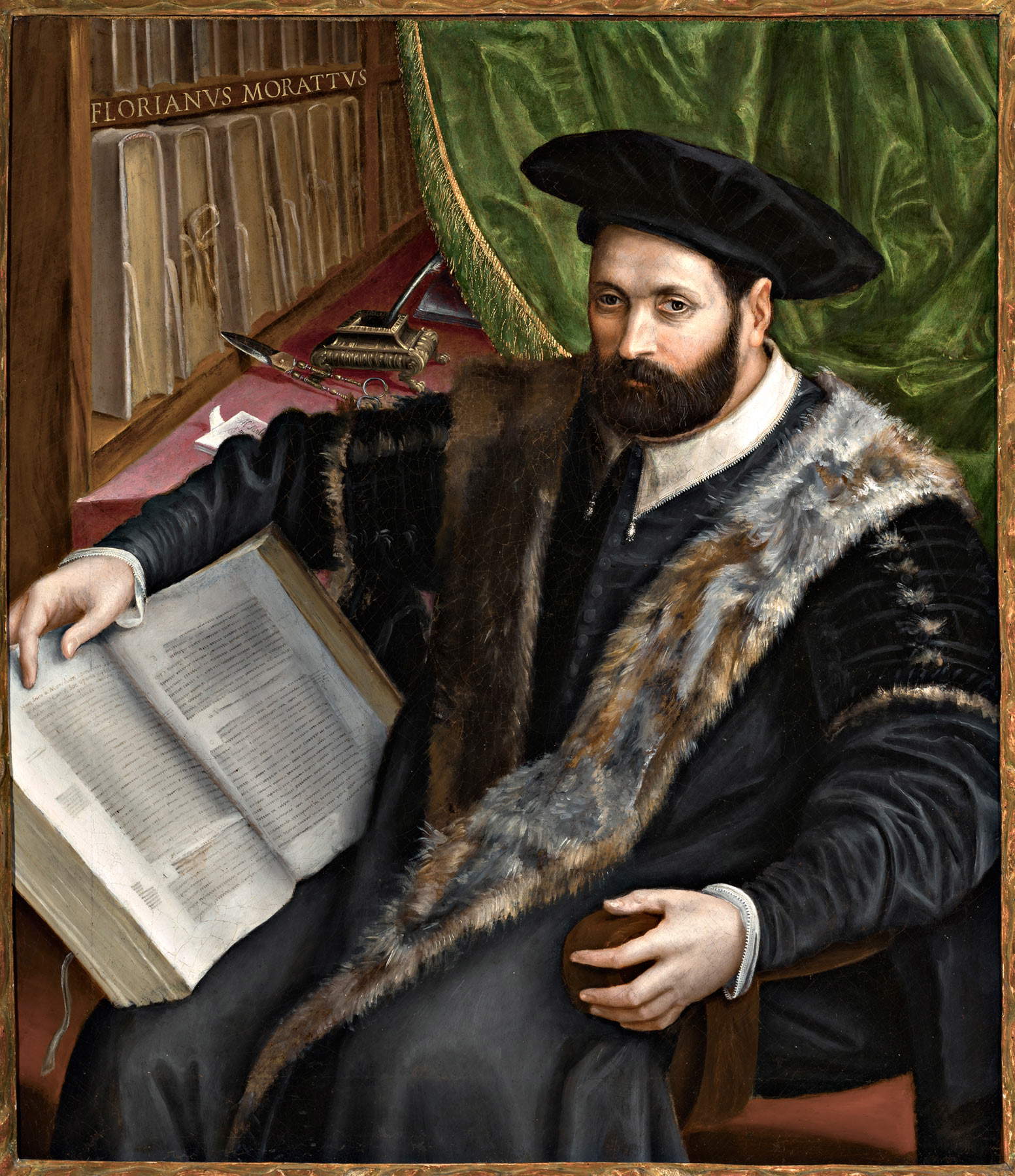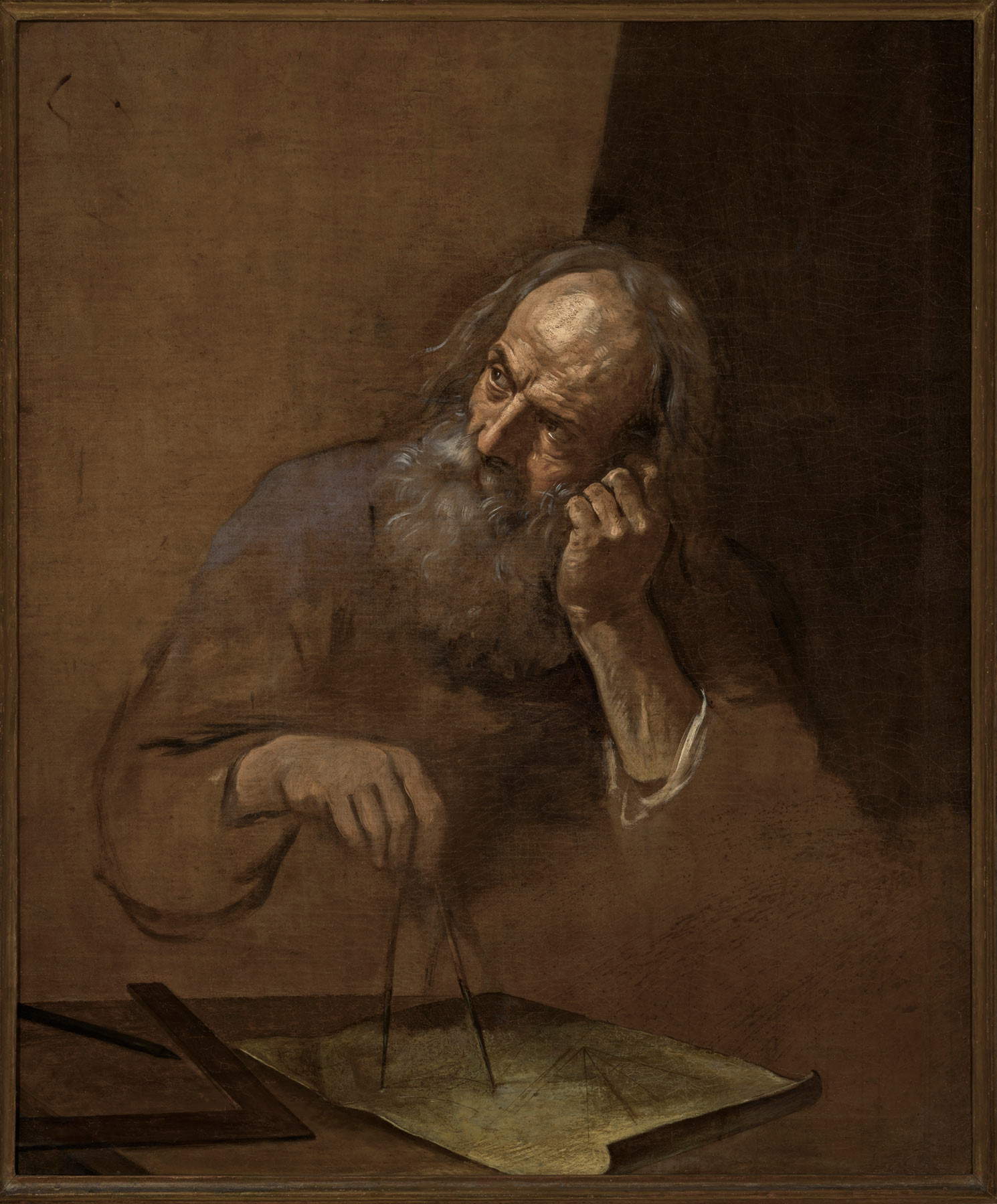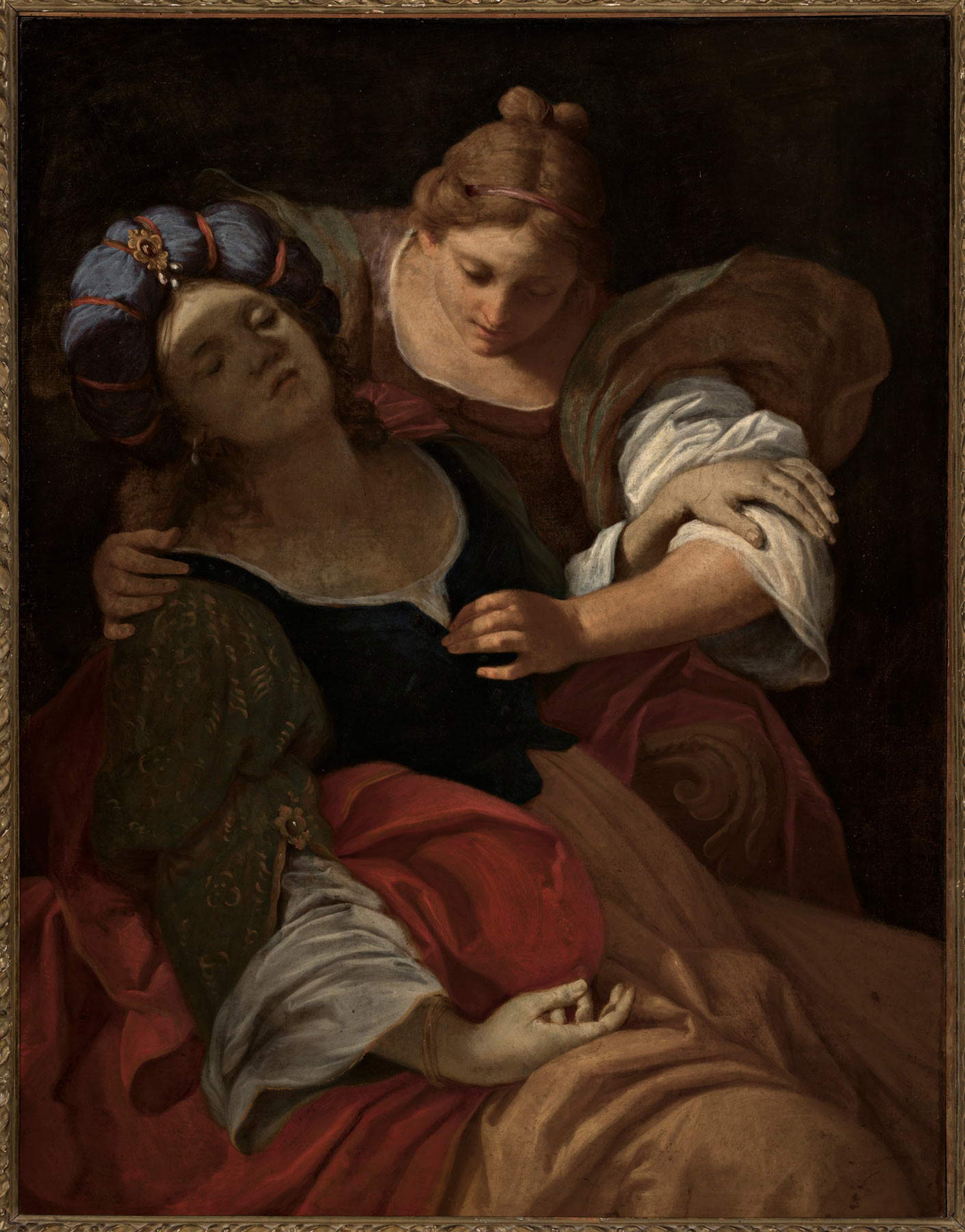The Quadreria del Castello. Emilian Painting from the Collection of Michelangelo Poletti is the title of the exhibition curated by Angelo Mazza that from April 7 to July 24, 2022, in Bologna at Palazzo Fava, traces Emilian painting from the late 15th century to the early 19th century, presenting important works never before exhibited from the collection of collector Michelangelo Poletti, an entrepreneur.
The exhibition also highlights the relationships and connections between the paintings and the commissioning history of the place that houses them, Palazzo Fava. The exhibition consists of eighty-five works executed between the end of the 15th century and the beginning of the 19th century, belonging to the rich collection created by Michelangelo Poletti in the evocative Castello di San Martino in Soverzano, in the Bolognese plains: a collection formed in the last thirty years, which originated from the passion of an entrepreneur sensitive to the reasons of culture. The selection offers a well-representative documentation of the Emilian component, which constitutes the soul of the “Poletti picture gallery.” These are, in the vast majority, works that have never been seen in public, which have given rise to what can be called the most conspicuous and significant collection of Emilian painting in private hands. Among the works on display are Madonna and Child Enthroned and Saints Peter, Paul, Francis of Assisi and Anthony of Padua, a masterpiece by the “Master of the Baldraccani,” a personality reconstructed by Federico Zeri who was active in Forlì at the end of the sec. 15th century, Saint with Cross and Book, a small panel by Boccaccio Boccaccino (Ferrara before 1466 - Cremona 1525); from the second half of the 16th century Camillo Procaccini with a youthful Head of Character and with a Sacrifice of Isaac from the Milanese period, Denys Calvaert, the Antwerp painter who settled in Bologna, with a St. John the Evangelist and a sprig with theHoly Family and St. John the Baptist.
There is a wide selection of works from the 17th and 18th centuries, with a 19th-century appendix; worth mentioning are Philosopher with Compass, possibly Euclid, a partly sketched work by Simone Cantarini and a model by Pelagio Palagi with Isabella ofAragon asking Charles VIII for protection while visiting the dying duke, related to the large canvas in the Museo civico in Lodi with which the artist took part in the Brera exhibition in 1822.
Also present are examples of the "female genius" that has connoted the figurative history of Bologna: two portraits by Lavinia Fontana, three canvases by Elisabetta Sirani, and two canvases by Lucia Casalini Torelli. A special section is formed by the works of three painters linked to each other by the relationship of discipleship, who trained or worked in Palazzo Fava under the evocative frescoes of the young Carracci: Lorenzo Pasinelli hosted in the palace by Count Alessandro with his academy, Donato Creti protected by the same Alessandro and his son Pietro Ercole throughout his existence, and finally Ercole Graziani frequenter in turn of the palace where it was possible to view the modern collection.
“The collection that Michelangelo Poletti formed through frequenting the galleries of antiquarians and participating in Italian, European and American auctions,” Angelo Mazza comments, “constitutes an episode in contrast to the history of dispersion and dissolution of historical Bolognese collections that continued throughout the twentieth century; collections that were coveted destinations of European travelers and the pride of the city of Bologna until the entire eighteenth century.”
The exhibition is accompanied by a catalog published by Bologna University Press containing an interview with Michelangelo Poletti and writings by Carlo Cipolli, Filippo Sassoli de Bianchi, Fabio Roversi-Monaco, Antonio Paolucci, Angelo Mazza, Francesco Ceccarelli, and Paola Foschi.
Info: esposizioni@genusbononiae.it; https://genusbononiae.it/







 |
| Bologna, Emilian painting in over 400 years on display at Palazzo Fava |
Warning: the translation into English of the original Italian article was created using automatic tools. We undertake to review all articles, but we do not guarantee the total absence of inaccuracies in the translation due to the program. You can find the original by clicking on the ITA button. If you find any mistake,please contact us.